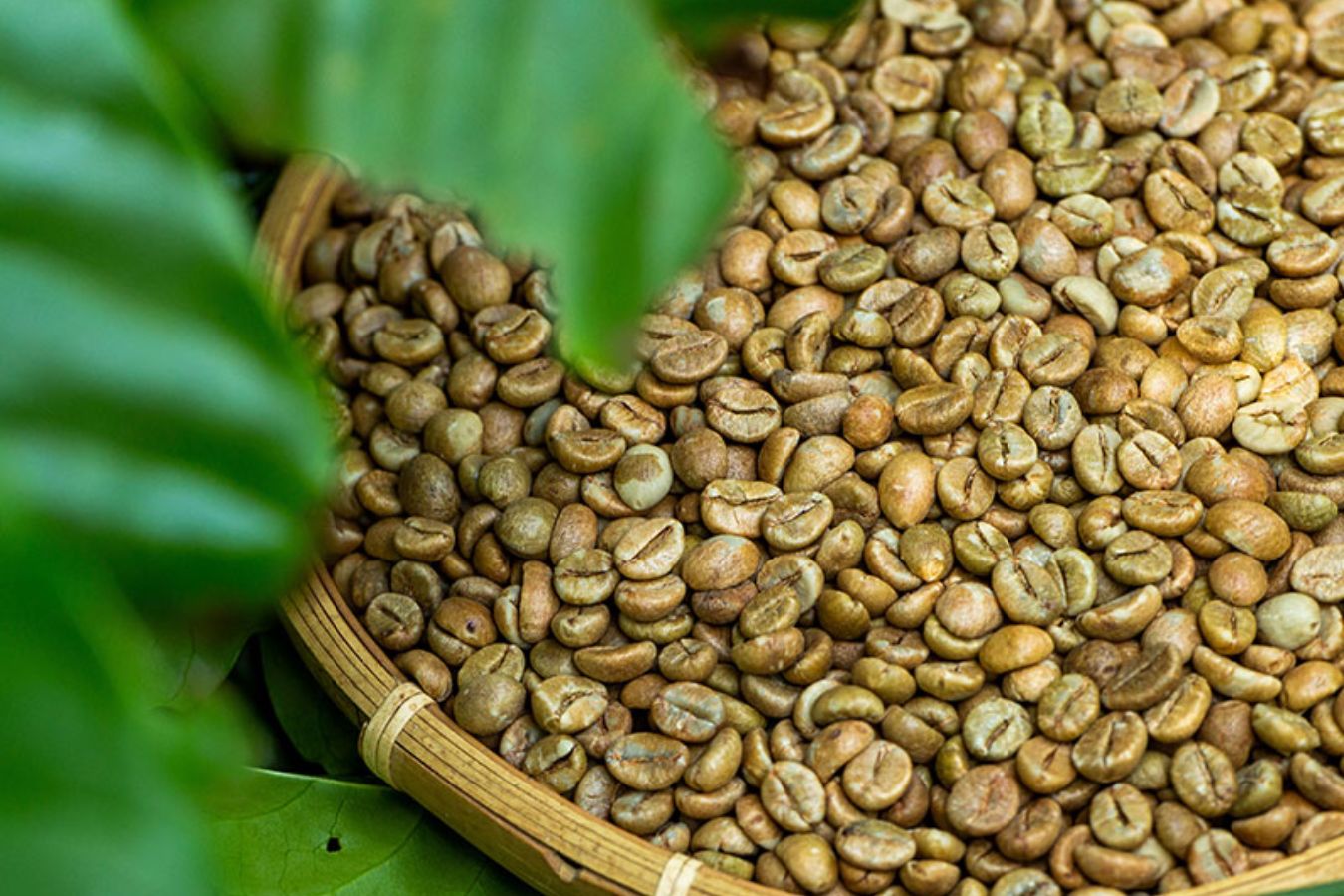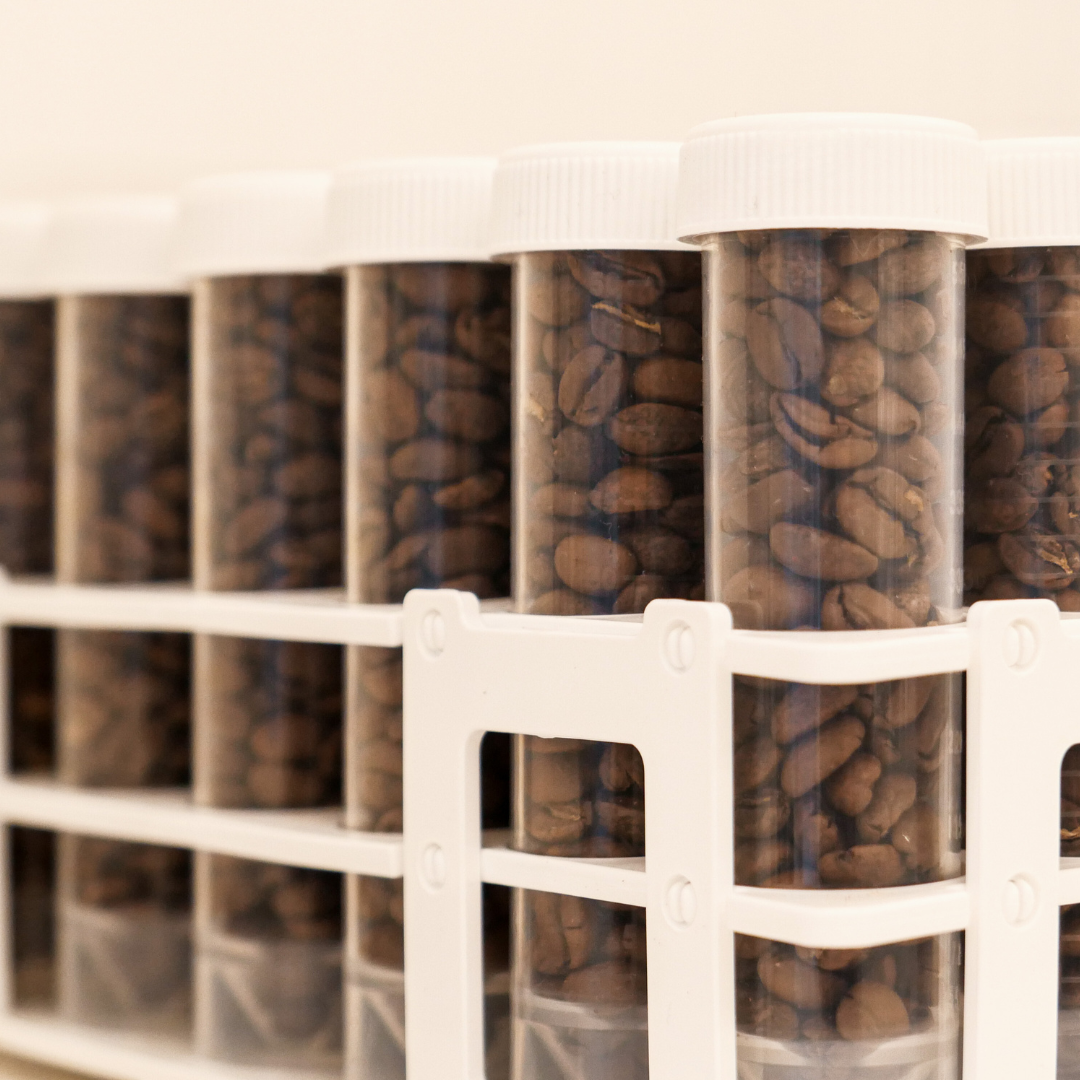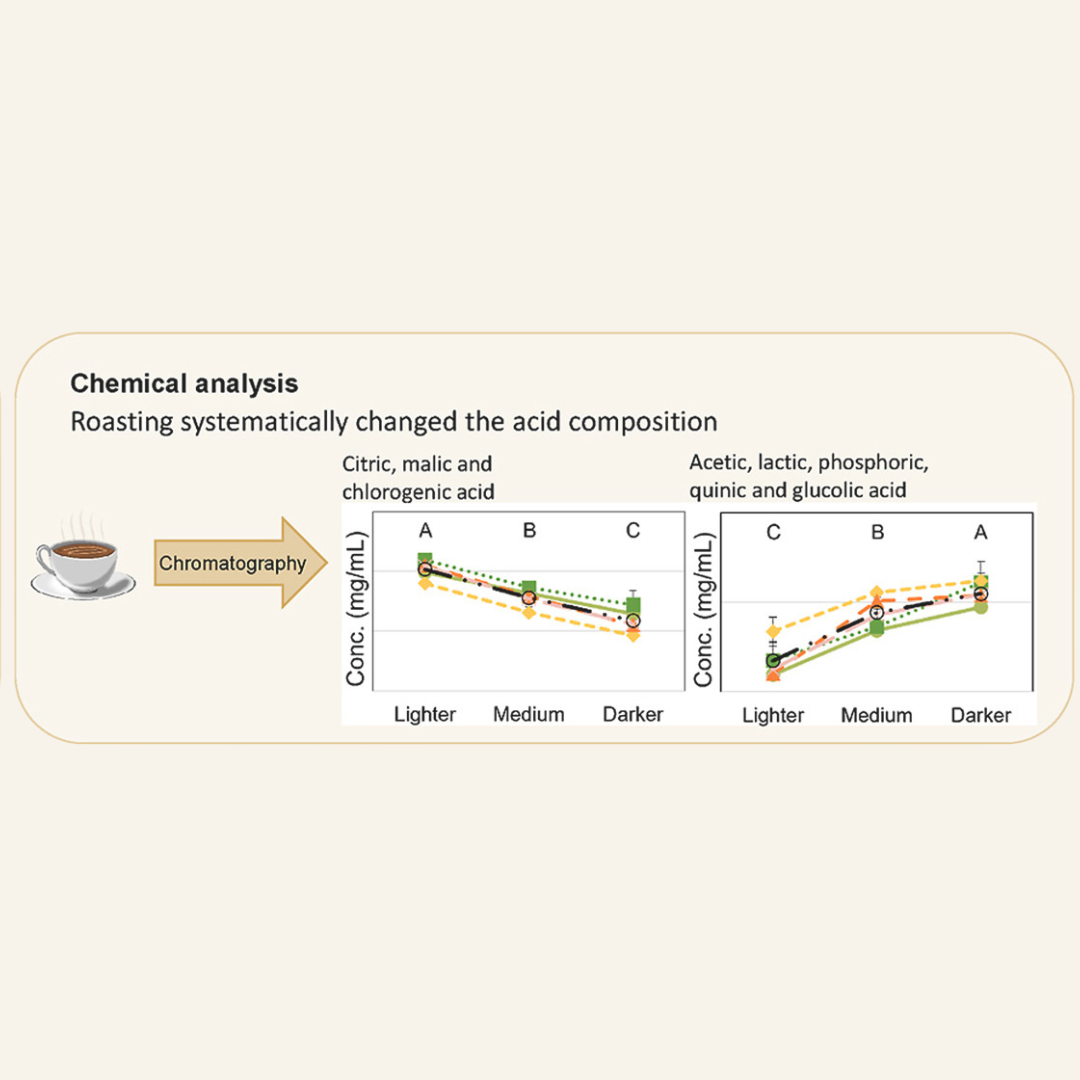The History of Robusta
Posted by Nate Lee on
Two widely cultivated species in the Coffea genus are Coffea arabica (Arabica) and Coffea canephora (Robusta). While Arabica has traditionally dominated the market due to its superior taste, the demand for coffee and the adaptability of Robusta to various growing conditions have led to its increased production.
Robusta Producers and Market Share
Approximately 40% of the globally produced and marketed coffee comes from Robusta plants. The top global producers of Robusta are Vietnam, Brazil, Indonesia, Uganda, and India, collectively accounting for over 90% of its production. Vietnam and Uganda are the leading exporters of Robusta, while Brazil retains a substantial portion of its production for domestic consumption. Interestingly, countries traditionally focused on Arabica production, such as Mexico, Nicaragua, Guatemala, and Colombia, are now exploring Robusta cultivation. There is also a growing interest in improving the cup quality of Robusta.
Characteristics of Robusta Coffee
Robusta (Coffea canephora) is a coffee species that originated in central and western sub-Saharan Africa. One of the key advantages of Robusta is its ability to thrive in a wider range of climates and altitudes compared to Arabica. It requires less stringent growing conditions and exhibits a certain level of resistance to pests and diseases, making it more suitable for cultivation. Robusta plants typically have higher crop yields, higher caffeine content, lower sugar levels, higher soluble solids, and greater tolerance to environmental stresses. They can be grown in hotter and more humid temperatures at lower altitudes, often requiring less maintenance with herbicides and pesticides. However, Robusta is not entirely immune to environmental disturbances and certain pests and diseases.
The Taste and Cup Quality of Robusta Coffee
Robusta coffee is known for its distinct taste profile. Coffee brewed from Robusta beans tends to have lower acidity, higher bitterness, and a fuller body due to the presence of pyrazines, which impart an earthy flavour. While Robusta is often associated with commercial coffee, it can also be processed and handled in a way that suits specialty markets. With proper care and attention to processing methods, Robusta can produce high-quality coffee.
Robusta Diversity and Genetic Conservation
Robusta coffee exhibits significant genetic diversity, contributing to its adaptability and resilience. Within the Coffea canephora species, there are various subgroups and populations. Due to the cross-pollinating nature of Robusta, many farmers need to be made aware of the specific variety or subtype they are growing. Some breeding programs have developed polyclonal or multilinear varieties of intentionally mixed genetically distinct clones. However, it is essential to consider genetic compatibility and simultaneous flowering when growing different Robusta types in the same field.
The History of Robusta Cultivation and Dispersal
Robusta cultivation originated in central and western Africa and was found in different forms and ecotypes. The exact natural origins of cultivated Robusta types are challenging due to their widespread introduction and naturalization. Robusta cultivation began in the Congo around 1870, and a subtype known as "kouillou" was observed in the wild in Gabon. It was officially named Coffea canephora in 1895. Robusta seeds from the Congo were sent to Brussels and then introduced to Java, Indonesia, where it gained popularity among farmers due to its productivity and resistance to coffee leaf rust. From there, Robusta spread to other parts.
Preserving the genetic diversity of Robusta is crucial for its continued cultivation and adaptation to changing environmental conditions. Efforts are underway to conserve Robusta's genetic resources through gene banks and protected areas. Research and breeding programs are exploring ways to enhance the cup quality and further unlock the hidden variations within the Robusta gene pool.
As the global coffee industry continues to evolve, Robusta coffee plays a vital role in meeting the increasing demand and providing a distinct flavour profile appreciated by coffee enthusiasts. Its resilience, productivity, and adaptability make it valuable in coffee cultivation and trade.
Robusta Producers and Market Share
Approximately 40% of the globally produced and marketed coffee comes from Robusta plants. The top global producers of Robusta are Vietnam, Brazil, Indonesia, Uganda, and India, collectively accounting for over 90% of its production. Vietnam and Uganda are the leading exporters of Robusta, while Brazil retains a substantial portion of its production for domestic consumption. Interestingly, countries traditionally focused on Arabica production, such as Mexico, Nicaragua, Guatemala, and Colombia, are now exploring Robusta cultivation. There is also a growing interest in improving the cup quality of Robusta.
Characteristics of Robusta Coffee
Robusta (Coffea canephora) is a coffee species that originated in central and western sub-Saharan Africa. One of the key advantages of Robusta is its ability to thrive in a wider range of climates and altitudes compared to Arabica. It requires less stringent growing conditions and exhibits a certain level of resistance to pests and diseases, making it more suitable for cultivation. Robusta plants typically have higher crop yields, higher caffeine content, lower sugar levels, higher soluble solids, and greater tolerance to environmental stresses. They can be grown in hotter and more humid temperatures at lower altitudes, often requiring less maintenance with herbicides and pesticides. However, Robusta is not entirely immune to environmental disturbances and certain pests and diseases.
The Taste and Cup Quality of Robusta Coffee
Robusta coffee is known for its distinct taste profile. Coffee brewed from Robusta beans tends to have lower acidity, higher bitterness, and a fuller body due to the presence of pyrazines, which impart an earthy flavour. While Robusta is often associated with commercial coffee, it can also be processed and handled in a way that suits specialty markets. With proper care and attention to processing methods, Robusta can produce high-quality coffee.
Robusta Diversity and Genetic Conservation
Robusta coffee exhibits significant genetic diversity, contributing to its adaptability and resilience. Within the Coffea canephora species, there are various subgroups and populations. Due to the cross-pollinating nature of Robusta, many farmers need to be made aware of the specific variety or subtype they are growing. Some breeding programs have developed polyclonal or multilinear varieties of intentionally mixed genetically distinct clones. However, it is essential to consider genetic compatibility and simultaneous flowering when growing different Robusta types in the same field.
The History of Robusta Cultivation and Dispersal
Robusta cultivation originated in central and western Africa and was found in different forms and ecotypes. The exact natural origins of cultivated Robusta types are challenging due to their widespread introduction and naturalization. Robusta cultivation began in the Congo around 1870, and a subtype known as "kouillou" was observed in the wild in Gabon. It was officially named Coffea canephora in 1895. Robusta seeds from the Congo were sent to Brussels and then introduced to Java, Indonesia, where it gained popularity among farmers due to its productivity and resistance to coffee leaf rust. From there, Robusta spread to other parts.
Preserving the genetic diversity of Robusta is crucial for its continued cultivation and adaptation to changing environmental conditions. Efforts are underway to conserve Robusta's genetic resources through gene banks and protected areas. Research and breeding programs are exploring ways to enhance the cup quality and further unlock the hidden variations within the Robusta gene pool.
As the global coffee industry continues to evolve, Robusta coffee plays a vital role in meeting the increasing demand and providing a distinct flavour profile appreciated by coffee enthusiasts. Its resilience, productivity, and adaptability make it valuable in coffee cultivation and trade.



